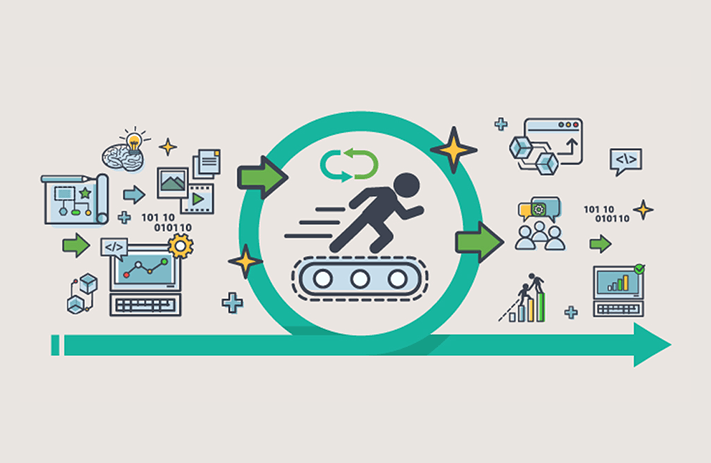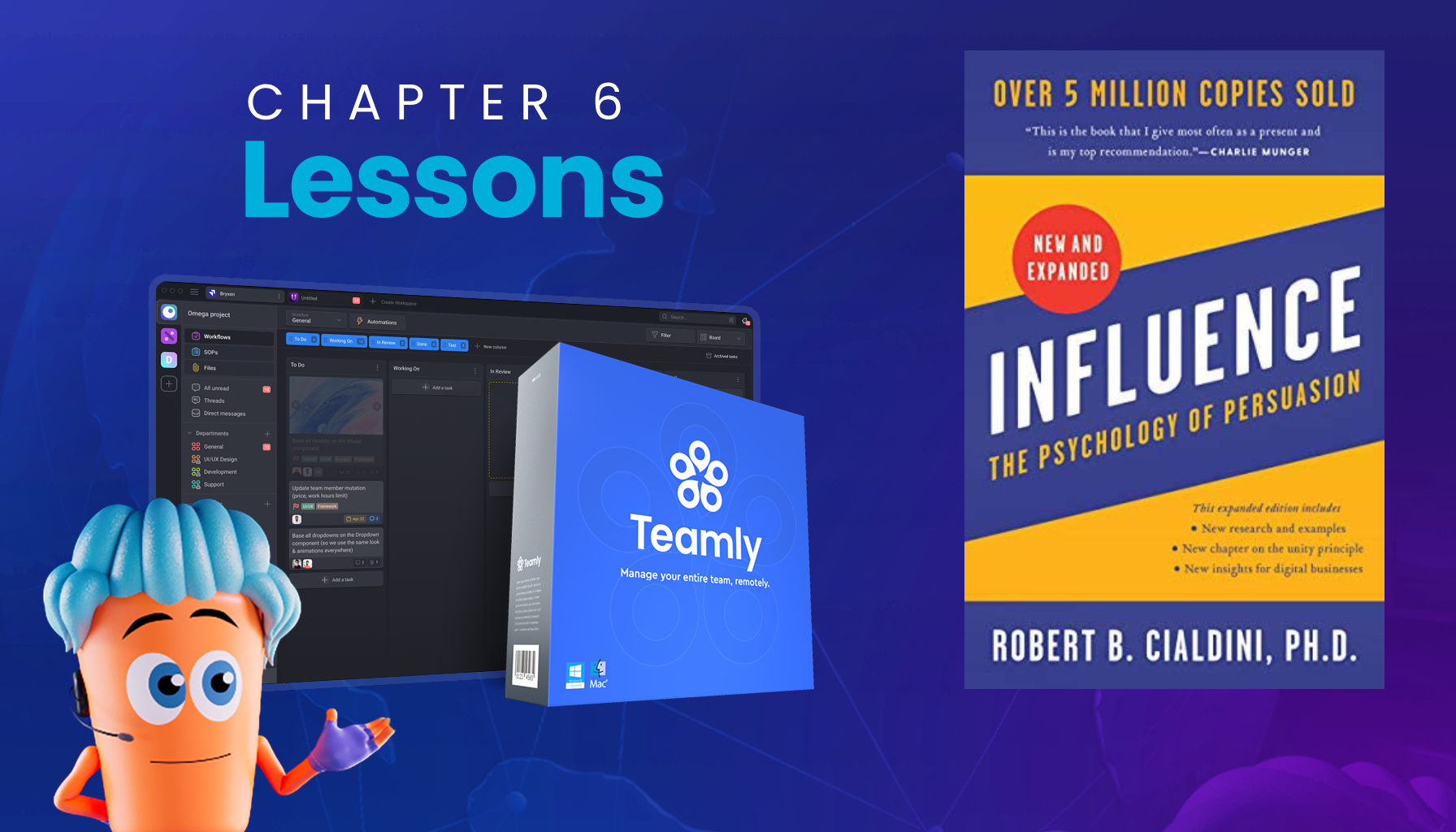
Click the button to start reading
Who Wants to Improve Their Agile Fluency? 45 Important Terms Every Team Should Know
Are you new to agile? Just learning the ropes? There’s a whole lot of lingo, huh?
Yep, with its own ceremonies, frameworks, artifacts, and even a Manifesto, agile certainly is a world of its own.
For someone unfamiliar to the terminology, listening to people throw around phrases like failing-fast, kanban boards, mental agility, and scrum master sounds a lot more like “wah wah Wah wah wah waah, Wah.”
Just like Charlie Brown listening to his teacher drone on and on, you probably feel like putting your head down on your desk and tuning it all out.
But what if you could be in the know, and get in on this agile thing everyone is so crazy about? What if talking about swarming and retrospectives was part of your everyday jargon?
The truth is, it doesn’t take long to get up to speed with agile terminology. After nailing a few important terms and key principles, you’ll be as plugged-in as the best of them.
So don’t wait around! Grab yourself a cup of tea and have a seat, cause we’re going to get into it and cover the most important terms in the agile methodology.
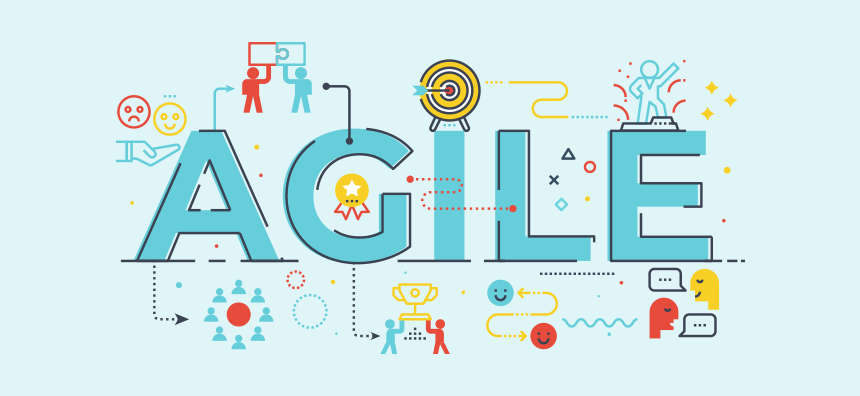
A – C
1. Agile Manifesto
In 2001, a team of software engineers met at a ski lodge in Utah and wrote the Agile Manifesto.
Composed of four key values and twelve principles, the manifesto advocates team collaboration with ongoing reflection and course correction.
The software engineers sought to overcome flaws with the rigid waterfall method of project management, which often resulted in subpar products.
The Agile Manifesto is an umbrella for several agle frameworks, including Kanban, Scrum, Lean Startup, Extreme Programming (XP), and Crystal. Each has a distinct method, but all utilize the iterative agile approach of producing work in small batches, reflecting, then pivoting.
Although initially designed for software teams, the principles from the Agile Manifesto have been incorporated into all types of businesses and volunteer organizations.
2. Agile Transformation
An agile transformation is when a company or organization transitions its systems to an agile methodology.
Often a company is switching from a waterfall project management framework, where projects are carefully planned and plotted out in advance.
Switching to agile means embracing principles of autonomy, reflection, and collaboration. Having highly motivated teams is central to a successful transition. It also requires buy-in from all levels of management.
3. Backlog Grooming
Backlog grooming means working through the product backlog, and carefully prioritizing the items of work. (A product backlog is a project’s prioritized to-do list.)
In the scrum framework, backlog grooming falls to the product owner. Two or three days before the end of a sprint, the product owner chooses tasks that add the most value to the project.
Effective backlog grooming prepares a scrum team for its next sprint.
4. Blockers
A blocker is anything that prevents a task or story from reaching completion. Blockers come from within the team or outside of it.
One example of a blocker is a client who hasn’t made up their mind about a facet of a project. Another may be that the team doesn’t have the tools it needs to complete a task.
Oftentimes, agile teams adopt the mantra “no blockers,” meaning that rather than wait until a blocker is removed, it switches to another task or story.
5. Burndown Chart
A burndown chart plots how much work is completed on a project over its timeline.
Time is plotted on the horizontal axis, and work is plotted on the vertical axis, starting from total work at the top and working down to completion.
At the beginning of a project, an “ideal work line” is drawn to indicate the work goals at each time interval. Completed work is measured using story points. A second line, the “actual work line,” is drawn as the project progresses.
A burndown chart helps a team visualize how far along they are, and whether they’re working according to plan. It is commonly used in the scrum framework.
Here is an example of a burn down chart:

6. Burnup Chart
A burnup chart is similar to the burndown chart in that it also plots a project’s total work versus its timeline.
However, rather than plotting work from top-down on the vertical axis, the burnup chart plots work heading up.
The burnup chart is helpful when the scope of a project increases mid-way. Whereas with the burndown chart, the total work is calculated at the beginning, on burnup chart work starts at zero and heads up.
A burnup chart, then, indicates all the work that is completed, even if it wasn’t accounted for in the initial calculation.
Here is an example of a burnup chart (for the scrum framework, total work is represented with story points and time is represented with sprints):
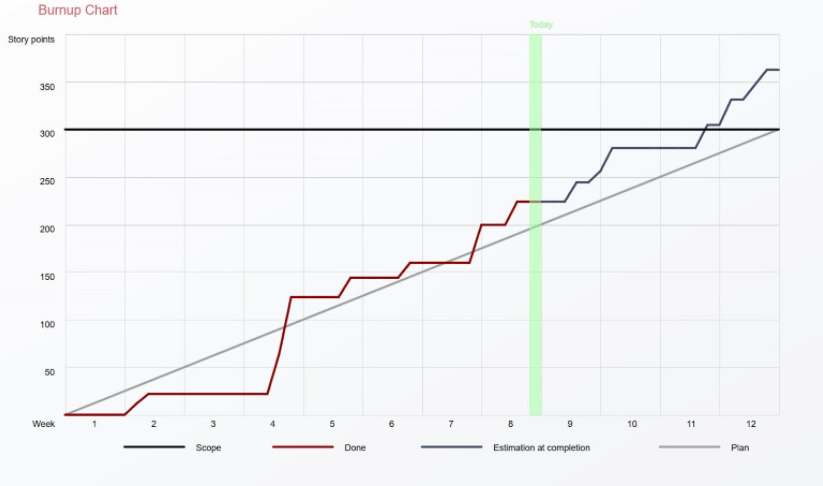
7. Buy-in
Buy-in is about persuading management or a team to get on board with an agile transformation.
Agile buy-in oftentimes is on somewhat of a bell curve. Some managers are all-in, while others are not convinced at all. Teams may be reluctant to make the switch because it entails a lot of meetings.
When an organization understands that the agile method results in better products and more satisfied clients, they are more likely to buy-in.
8. Cadence
Cadence refers to the rhythm of the agile workflow. When teams work around a framework and ceremonies, they create a continuous rhythm.
An agile cadence generally is about two weeks. It breaks work down into small, focused batches. Rather than focus on a finish line it cannot see, an agile team selects a small amount of work and then reflects on it.
9. Ceremony
Ceremonies are recurring meetings and processes within the scrum framework. They include sprint planning, sprints, sprint retrospectives, standups, and sprint reviews.
Through faithfully completing each ceremony, a team embodies agile principles and works toward the completion of a project.
Unlike meetings, the purpose of a ceremony isn’t always about coming to a consensus on a topic.
10. Certified ScrumMaster
A Certified ScrumMaster (CSM) has completed training in the scrum framework and is equipped to lead a scrum team.
A ScrumMaster training usually takes 14-16 hours. To become skilled, a scrum master needs a lot of on-the-job training as well.
The CSM is one of several agile certifications. Others include Professional ScrumMaster (PSM), and Agile Certified Practitioner (ACP).
11. Crystal
Crystal is one framework under the umbrella of the agile methodology.
The crystal method emphasizes teamwork, communication, simplicity, reflection, reconstruction, adjustments and improvements. It’s a simpler framework than either kanban or scrum, and generally is used for shorter projects.
It emphasizes that each project requires its own distinct approach and techniques.
Crystal has various designations depending on the group’s size, including Crystal Clear (1-6 people), Crystal Yellow (7-20), Crystal Orange (21-40), and all the way up to Crystal Maroon (80-200).
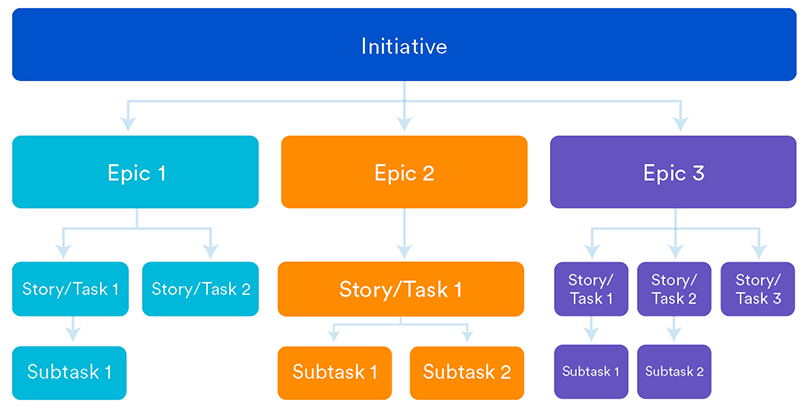
E – I
12. Epic
An epic is a collection of small related tasks that complete a single body of work.
Small tasks in agile are called stories. A bundle of related stories form an epic. Epics are organized by theme.
One example of an epic is planning a party. It consists of many stories, such as finding a location, planning a venue, inviting guests, and scheduling entertainment.
The benefit of organizing tasks under one epic is that it creates clear priorities. For a party, you know that it’s necessary to determine a location before mailing out invitations.
13. Extreme Programming (XP)
Extreme programming is a framework under the umbrella of the agile methodology. It is built around values of communication, simplicity, feedback and courage.
XP is the most industry-specific method, and is designed almost exclusively for small software teams. It does not have roles like scrum.
Pairing is often utilized in XP. This is where two members work together on the same project. This collaborative endeavor allows team members to learn from each other, and it creates a more fluid workflow, as one member helps the other through stumbling blocks.
14. Feature
A feature is a small amount of related work.
It’s smaller than an epic but larger than a story. Whereas user stories are completed in 1-2 weeks, a feature generally takes 2-3 months.
Features are helpful in long, complex projects for breaking down and grouping related work.
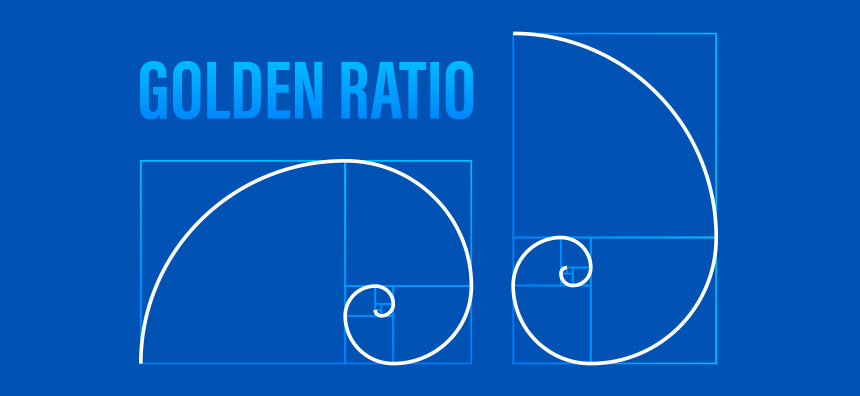
15. Fibonacci Numbers
Fibonacci numbers are a simple pattern of rapidly increasing numbers. It begins by adding 1+1, then continues by adding the previous two numbers together: 1, 1, 2, 3, 5, 8, 13, 21, 34, 55…..and so on.
Agile teams use Fibonacci numbers to estimate how long an item in the product backlog takes. They call these numbers “story points.”
An estimate at the larger end of the Fibonacci sequence (e.g., 34 or 55) indicates uncertainty as to the length of a story.
16. Front Burner
Front burner means anything from the backlog that the team has decided to work on right now. In kanban, it’s also referred to as the work-in-progress.
In scrum, anything listed in the sprint backlog is a front burner item.
17. Going Agile
Going agile refers to an organization’s transition to the agile methodology. It is also known as an agile transformation.
18. Impediments
Impediments are anything that slows down the flow of work during a sprint. They can include fears about a project, or relationship issues on the team.
One impediment might be that the onboarding process takes over a month. Another could be that a manager interrupted the team during a sprint.
In scrum, the team discusses impediments at the daily standup. At the sprint retrospective, teams identify impediments and their root cause. The scrum master is responsible for removing impediments.
Impediments are similar but slightly different from blockers. A blocker completely interrupts the flow of work, whereas an impediment slows it down.
19. Increment
Increment is one artifact from the scrum framework. It is the product a scrum team creates at the end of the sprint.
The increment is presented to a project manager and the client. Their feedback informs the next sprint, keeping the team on track to achieving its goal.
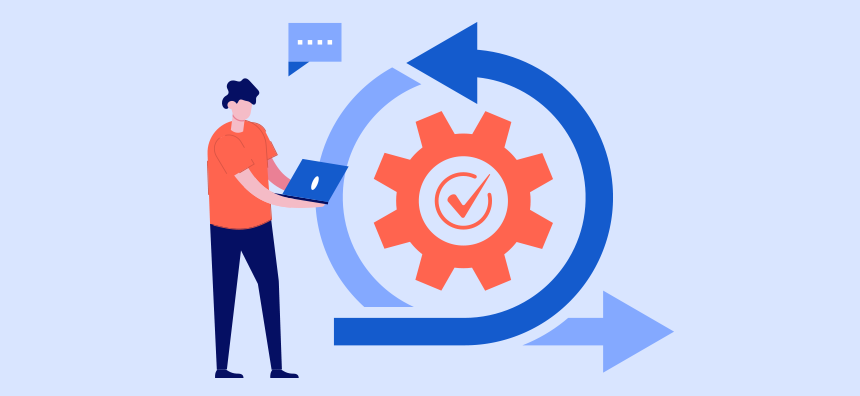
20. Inspect and Adapt Cycle
The inspect and adapt cycle is at the heart of the agile process. It’s even the motto for some scrum teams.
At the end of one work cycle, an agile team inspects its output. If possible, it’s released to the end user for feedback.
Afterwards, based on this inspection, the team adapts its course and plans the next batch of work.
21. Iteration
Agile is about breaking a huge project into small amounts of work.
An iteration is a small batch of work that a team completes over a designated period of time that works towards a larger goal. Each iteration has a specific length, and an end date. At the end of each iteration, the output is inspected, feedback is sought, and the next iteration is planned.
In the scrum framework, iterations are referred to as sprints.

K – R
22. Kanban
Kanban is one framework under the umbrella of the agile methodology.
Like all agile teams, kanban teams are self-organizing, highly motivated, and autonomous. However, they do not have designated roles as in the scrum framework.
With kanban, the workflow is ongoing and it limits the amount of projects a team can work on at one time.
A kanban team leans heavily on the kanban board, which allows it to visualize a project, and identify any tasks that are currently in progress.
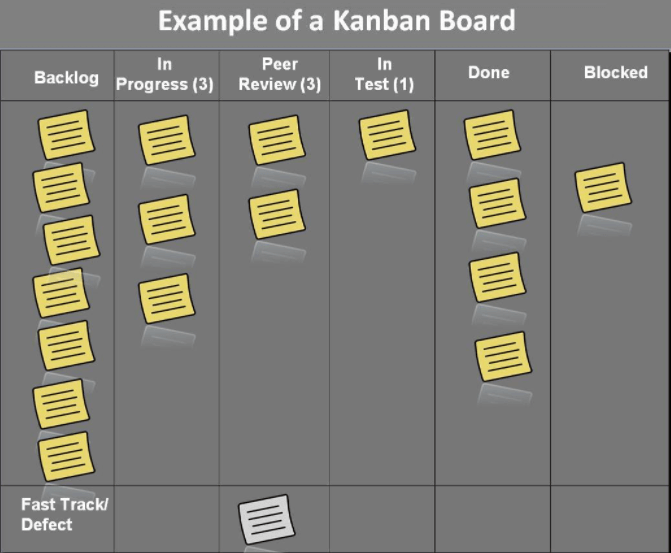
23. Kanban Board
The kanban board visually displays a team’s workflow. The board consists of several columns, each representing one stage of work: backlog, work-in-progress, peer review, tested, and blocked.
As tasks progress from start to completion, they move down the kanban board. For a physical board, the team uses paper or sticky notes to indicate a task.
The amount of tasks in each column is limited: once they reach a designated maximum, the team needs to complete them in order to introduce new tasks. This is known as the work-in-process limit.
Here is an example of a kanban board:
24. Lean Startup
Lean Startup is a production approach that seeks to identify customer feedback before excessively investing in a product.
It combines the methodologies of both agile and lean. Agile is about carefully testing and adjusting a product to ensure it’s something the client wants, and lean is about creating a simple manufacturing system.
Lean startup creates and tests for market demand, while agile works to satisfy a client.
25. Mental Agility
Agile is a way of thinking that informs how a team works. Mental agility refers to a team’s ability to adapt and course correct.
When a team works in small sprints, it’s able to fail-fast. This means it identifies something that isn’t working, scraps it, and readjusts.
The scrum master fosters a team’s mental agility by ensuring they’re not too fixated on one path or role.
26. Pairing
Pairing is a practice commonly used in extreme programming. In pairing, two programmers work together on the same piece of work.
One central principle of agile is that teams work at a steady, continuous pace. Pairing is useful as it diffuses skills and knowledge to all team members, allowing one to complete tasks in another’s absence.

27. Planning Poker
Planning poker is a method of using Fibonacci numbers to estimate the difficulty of a chunk of work. Arriving at a reasonable gauge is necessary in order to determine how much work a team should take on in an iteration.
In planning poker, each team member has a set of cards with Fibonacci numbers (called story points), representing the project’s level of difficulty.
In one round, team members first discuss an item in the product backlog. Each member values the difficulty of the item by selecting a card and placing it face-down. A low value indicates the project is quite simple, while a high value means it is complex.
Then, they reveal the numbers, and discuss any disparities. When there is a lot of disagreement about the level difficulty, the team discusses and places another estimate. They continue with rounds until arriving at a consensus. The project is then assigned a story point value.
It’s important to receive each person’s individual input without any bias from others on the team. While one person may assign a project 2 points, another who’s more experienced with the specific task may assign it 13.
28. Product Backlog
A product backlog is a project’s prioritized to-do list. It breaks a large project into small tasks, also called stories.
In the scrum framework, a product backlog also includes any actionable items that come out of the retrospective.
Backlog items aren’t prioritized to keep all team members busy at all times, but rather they emphasize tasks or stories that will move a project forward.
29. Retrospective
Also known as a “sprint retrospective,” a retrospective is a ceremony in scrum that takes place at the end of a sprint.
During a retrospective, the team meets to discuss anything that held up or stopped the completion of tasks in the sprint. It’s the scrum master’s role to fix any issues.
A good retrospective seeks to unearth the root causes of blockers and impediments.
For example, let’s say a task was blocked due to someone’s absence. The real blocker, then, is that skills aren’t evenly spread to all team members.
Retrospectives aim to create action items to add to the product backlog. In this example, introducing the practice of pairing would help to remove the blocker.
S – Z
30. Scaled Agile Framework
The agile method is about a small autonomous team working collaboratively. However, many organizations cannot accommodate the small-team approach.
The Scaled Agile Framework (SAF) seeks to incorporate agile methods into large organizations.
SAF has four key roles (release train engineer, program manager, solutions architect and business owner) who work together to ensure transparency within teams, good communication, and a good product.
The SAF significantly decreases the amount of defects in a company’s product, and increases its output.
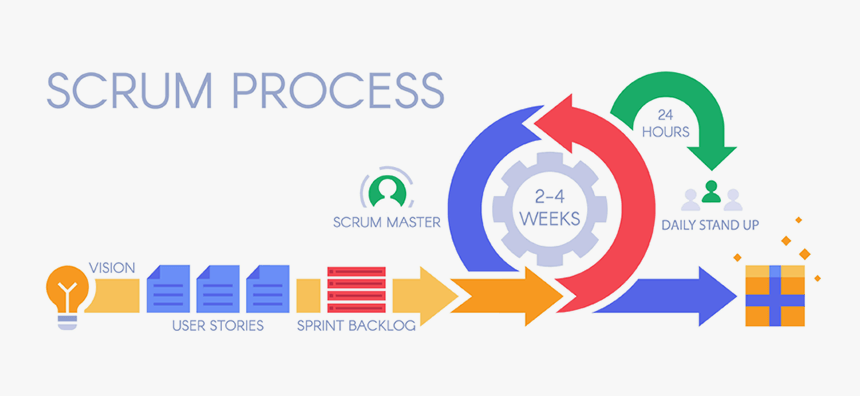
31. Scrum
Scrum is the most popular framework in the agile methodology. It was developed for software teams by Jay Sutherland and Ken Schwaber in 1993, before the Agile Manifesto was even written.
Before scrum, software teams had used the waterfall method of project planning, where the entire project is plotted out at the beginning and overseen by a manager.
Scrum gives teams the autonomy to make decisions themselves. Like all agile, it’s an iterative approach to a project that emphasizes collaboration, reflection, and adjusting.
The scrum framework consists of three roles (scrum master, product owner, development team), five ceremonies (sprint planning, sprints, sprint reviews, retrospectives and standups) and three artifacts (backlog, scrum board, and increment).
Although scrum was designed for software teams, the method is now used in all sorts of industries.
32. Scrum Artifacts
Scrum artifacts are one component of the scrum framework. There are three artifacts: the scrum board, product backlog, and increment.
A product backlog is a prioritized to-do list for the team. A scrum board is a pipeline system for tracking completed work, work in process, and work yet to be done. Increment is what a team produces at the end of a sprint.
33. Scrum Board
A scrum board is one artifact in the scrum framework.
It is a pipeline system for recording work, and includes columns for work to be done from the product backlog, work in process, and completed work.
Scrum boards keep all the work front-of-mind, and help a team clarify which tasks are the most important.
Here is an example of a scrum board:
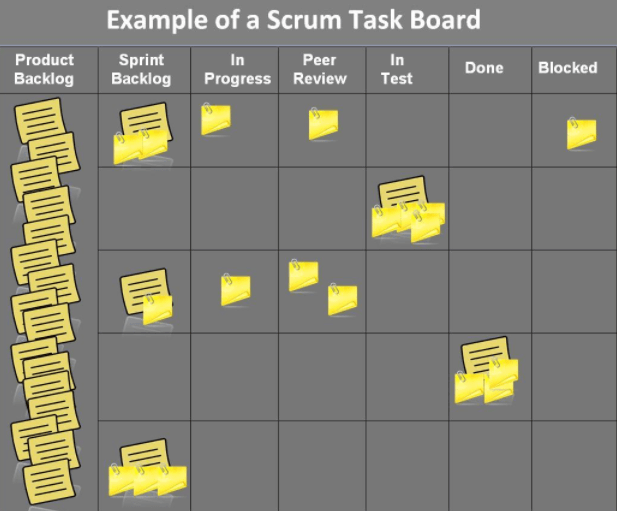
34. Scrum Master
The scrum master oversees a scrum team and makes sure it follows the scrum framework, which consists of ceremonies, roles and artifacts. It is one of three roles in the scrum framework.
Agile is about autonomous, motivated teams, and so in order to create a high performing team, the scrum master coaches the team, rather than oversees it
The scrum master identifies impediments and blockers during retrospectives and daily standups, and works to remove them. He or she also makes sure the team has all of the tools it needs to complete a sprint.
35. Shuhari
Shuhari is a concept from Japanese martial arts. It’s the idea that when you’re just learning a new skill, you need to do everything by the book. However, when you’ve advanced and the skill becomes more like second nature, it’s possible to be flexible with the rules and transcend them.
With respect to agile, “shuhari” means that when an agile team starts out, it needs to follow the protocol closely. If the team is doing kanban, it’s necessary to use the board correctly and limit work-in-process. For scrum, the team needs to assign roles and participate in all the ceremonies.
This adherence allows a team to understand and embody agile principles of communication, simplicity, reflection, and course correction.
However, once a team gets into a good rhythm, and understands agile intuitively, it can play around with the framework.
Scrum teams, for example, adjust the scrum board to better suit their purposes, and alter or eliminate some ceremonies.
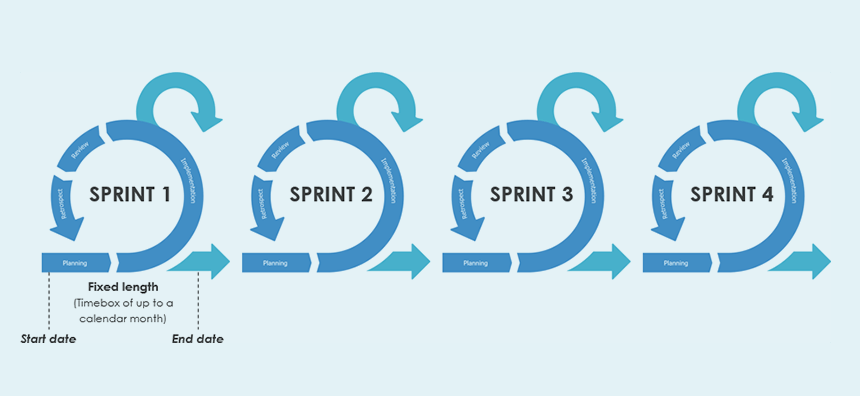
36. Sprint
A sprint is used in the scrum framework to refer to one iteration of work.
During a sprint, an agile team completes a small batch of work outlined during sprint planning. Work is selected from the product backlog, determined by what best adds value to the project.
Sprints generally last one or two weeks. The work is laid out on the scrum board, where work in progress, completed work, and backlog items are laid out in separate columns.
37. Sprint Planning
Sprint planning is a ceremony in the scrum framework.
During this ceremony, the team looks at everything in the product backlog and selects work for the upcoming sprint.
Rather than making sure everyone will be hard at work throughout the entire sprint, the team selects work that will really move the needle for a project.
38. Sprint Reviews
The sprint review is one of five ceremonies in the scrum framework.
It’s a meeting conducted at the end of the sprint, where the team looks over what it has accomplished, and also examines the increment produced during the sprint.
The increment is passed on to the end user for feedback.
The sprint review is different from the retrospective, which also takes place at the end of the sprint.
The retrospective is about identifying impediments and looking at how the team worked together during the sprint. The sprint review focuses on the product and the increment developed.
39. Standups or Daily Scrum
A standup is one ceremony in the scrum framework.
It is a quick daily meeting, in which the team assesses how the sprint is going.
They identify progress and any impediments. The daily standup embodies the agile principle that team members communicate daily throughout a project.
40. Story Points
Story points are used to estimate how complicated, and therefore time consuming, a product backlog item is.
It’s usually pretty easy for a team to identify work that needs to be done, but it can be much trickier to figure out how long something takes, particularly with complicated tasks. However, this information is necessary in order to determine how much work a team should take on over one iteration.
Story points are based on the rapidly increasing Fibonacci pattern (1, 1, 2, 3, 5, 8, 13, 21, 34…)
A more complicated task is assigned a higher number, whereas a simple, straightforward task receives a score of 2, 3, or 5.
When an item receives a high score, it indicates uncertainty as to how long the task should take to complete.
Assigning story points is generally a team activity. Each person on the team brings different insight and experience to a project, and so all estimates are pooled and discussed to arrive at a consensus.

41. Swarming
Swarming is when an agile team bands together to get a task done. It’s utilized especially in kanban, which has a limit on work-in-progress items, in order to allow new tasks to come into the workflow.
Swarming has several clear benefits. It increases a team’s cooperation skills, and creates a continuous workflow. Swarming also diffuses skills to all the team members, which makes it easier for teams to work continuously.
42. Themes
In agile, a project is broken down into themes, epics, stories and tasks.
Whereas an epic is a single task that takes longer than a week to complete, a theme is a grouping of related tasks.
For example, a theme might be three user stories related to marketing: a newsletter, a blog post and social media content.
An epic would be one task (say, writing an ebook) that takes longer than a sprint to accomplish, so it needs to be broken down into smaller chunks.
A theme may take several months to complete, while a single story is completed in one or two weeks.
43. User Stories
A user story is the smallest unit of work in the agile methodology. It is mapped out with the end user in mind.
The team uses story points, based on Fibonacci numbers, to estimate how long it takes to complete a story.
Stories are arranged and codified into larger groupings, including features, epics, themes and initiatives.

44. Waterfall
Waterfall is a big-picture, top down approach to project management. The leader states what the goal is, then working backward, plots all of the steps to achieve it.
When agile methods started to develop back in the 90s, they sought to fix some fundamental flaws in waterfall
For example, projects using waterfall work to fulfill a contract, without taking the end user into account. Agile methods lean heavily on seeking user feedback throughout a project, and adjusting accordingly.
Waterfall also emphasizes a command and control style of managing a project. Agile, on the other hand, cultivates autonomous and highly motivated teams who are coached by a leader.
45. Work-in-Process Limits
Work-in-progress (WIP) limits is the only constraint in kanban. It restricts the amount of projects that can be ongoing at one time.
Together, the kanban team determines the WIP limit, and posts it on the kanban board. When the team reaches its limit and wants to introduce a new task, they swarm to finish ongoing projects.
WIP limits create a continuous workflow, and helps to get rid of any bottlenecks. It doesn’t allow a team to push work aside due to impediments or blockers.
Conclusion
Does that help improve your agile fluency? Hopefully all the agile terminology makes a little more sense now.
Whatever framework an agile team uses, they all embody the principles of the Agile Manifesto, which include collaboration, reflecting, pivoting, and communication.
In addition to using agile in a professional capacity, a lot of people end up incorporating things like retrospectives and kanban boards into home planning as well.
Teamly’s project management software offers the very best to agile teams. From kanban boards, to voice and text messaging, to time tracking, Teamly is an all-in-one resource for distributed teams. Come check out our services today!

